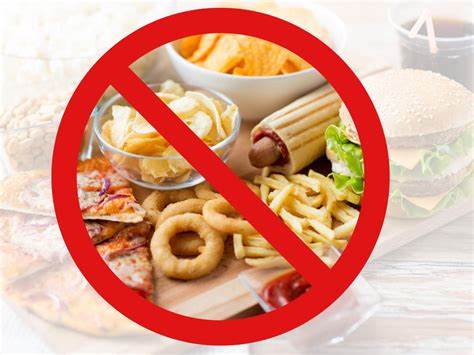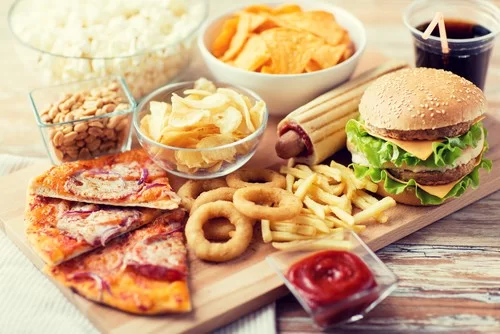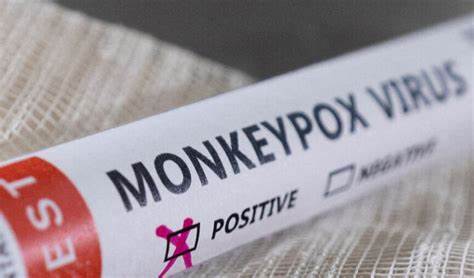The World Health Organization (WHO) has issued new guidelines advocating for the replacement of regular table salt with lower-sodium salt substitutes containing potassium. This recommendation aims to combat the growing global health crisis linked to excessive sodium intake, which is responsible for millions of deaths each year. The guidelines are part of WHO’s broader effort to reduce the global burden of cardiovascular diseases, stroke, and hypertension, all of which are closely associated with high sodium consumption.
The Global Impact of High Sodium Intake
Excessive sodium consumption is a major public health concern. Globally, poor diets contribute to approximately 8 million deaths annually, and 1.9 million of these fatalities are directly linked to high sodium intake. The WHO has long advocated for sodium reduction, recommending that adults consume less than 2 grams of sodium per day, equivalent to about 5 grams of salt. However, most populations far exceed this limit due to the widespread consumption of processed foods and the habitual use of excessive salt in home cooking.
Understanding WHO’s New Salt Substitute Guidelines
The newly released WHO guidelines recommend that adults replace regular table salt with lower-sodium salt substitutes that contain potassium. These substitutes reduce sodium intake while increasing potassium consumption, which is known to have beneficial effects on blood pressure and overall cardiovascular health.
However, the recommendation excludes:
- Pregnant women and children (due to specific nutritional needs).
- Individuals with kidney impairments (as excessive potassium intake can be harmful in cases of kidney dysfunction).
- People with conditions that affect potassium excretion, such as certain hormonal disorders or those taking medications that impact potassium levels.
What Are Lower-Sodium Salt Substitutes?
Lower-sodium salt substitutes are formulations where a portion of sodium chloride (NaCl) is replaced with potassium chloride (KCl). These substitutes maintain the salty taste but provide a healthier alternative by reducing sodium intake and increasing potassium levels. Some formulations may also include magnesium, calcium, or other minerals beneficial for health.
Health Benefits of Lower-Sodium Salt Substitutes
1. Reduced Risk of High Blood Pressure (Hypertension)
High sodium intake is a key contributor to hypertension, which significantly increases the risk of heart disease and stroke. Replacing regular salt with potassium-enriched substitutes helps regulate blood pressure and reduces strain on the cardiovascular system.
2. Lower Risk of Cardiovascular Diseases
Studies show that reducing sodium intake and increasing potassium consumption can lower the risk of heart attacks, strokes, and other cardiovascular diseases. WHO estimates that widespread adoption of lower-sodium salts could prevent millions of deaths annually.
3. Improved Kidney Health (for Those Without Kidney Disease)
While excessive sodium intake can contribute to kidney damage over time, potassium plays a crucial role in maintaining kidney function. For individuals without kidney impairments, moderate potassium intake from salt substitutes can support overall renal health.
4. Stroke Prevention
Lowering sodium intake reduces the risk of hypertension-related strokes. Potassium-rich diets have been associated with improved vascular health and reduced instances of blood vessel blockages.
5. Reduced Water Retention and Bloating
High sodium intake causes water retention, leading to bloating and increased blood pressure. Reducing sodium levels through salt substitutes can help regulate fluid balance in the body.
Challenges and Considerations
While WHO’s recommendations have clear health benefits, certain challenges must be considered before large-scale implementation:
1. Taste Preferences and Consumer Acceptance
Salt substitutes have a slightly different taste due to potassium chloride, which some people may find less palatable. Encouraging gradual adoption and adjusting seasoning habits can help ease the transition.
2. Availability and Cost
Lower-sodium salt substitutes are not widely available in all regions, and their cost may be higher than regular table salt. Government initiatives and food industry reforms can help improve accessibility and affordability.
3. Public Awareness and Education
Many people are unaware of the dangers of high sodium intake and the benefits of potassium. Public health campaigns, nutrition labeling, and community education programs can increase awareness and encourage healthier choices.
4. Food Industry Involvement
Processed and packaged foods are major sources of sodium intake. WHO encourages food manufacturers to reformulate products with lower sodium levels and to use potassium-enriched alternatives in food processing.
How to Implement WHO’s Recommendations in Daily Life
Making the switch to lower-sodium salt substitutes requires conscious efforts in dietary habits. Here are some practical ways to reduce sodium intake while benefiting from potassium-rich alternatives:
1. Choose Salt Substitutes Wisely
Opt for salt substitutes that contain potassium chloride instead of regular table salt. Read product labels to ensure that the sodium content is significantly reduced.
2. Reduce Processed and Packaged Foods
Processed foods such as instant noodles, chips, canned soups, and frozen meals contain high levels of sodium. Replacing these with fresh, home-cooked meals can help lower sodium intake.
3. Use Herbs and Spices for Flavoring
Instead of relying solely on salt, enhance flavors with herbs, spices, lemon, garlic, or vinegar. These alternatives can make meals just as tasty without the negative effects of excess sodium.
4. Cook at Home More Often
When preparing meals at home, you have better control over the amount of salt used. Experimenting with lower-sodium recipes can make a significant difference in overall sodium intake.
5. Stay Hydrated
Drinking enough water helps flush excess sodium from the body. Proper hydration supports kidney function and reduces water retention.
6. Regular Health Check-Ups
Monitoring blood pressure, kidney function, and overall health can help track the effects of dietary changes and ensure safe potassium intake.
Government and Policy Actions
To ensure the widespread adoption of WHO’s recommendations, governments and policymakers must take active measures:
- Enforcing sodium reduction policies in food manufacturing and restaurant industries.
- Encouraging retailers to stock lower-sodium salt substitutes at affordable prices.
- Running public health campaigns to educate people about the dangers of excessive sodium intake.
- Supporting research and development of alternative seasonings and healthier salt substitutes.
The Future of Sodium Reduction Strategies
With WHO leading global efforts to curb high sodium intake, countries are likely to adopt policies promoting the use of lower-sodium salt substitutes. Large-scale interventions, such as mandatory sodium content regulations and incentives for manufacturers to produce healthier food products, can significantly reduce sodium consumption on a national and global scale.
The WHO’s recommendation to replace regular salt with lower-sodium substitutes containing potassium is a crucial step toward reducing global deaths linked to high sodium intake. By encouraging healthier dietary habits, raising awareness, and implementing effective policies, individuals and governments can work together to combat the growing burden of cardiovascular diseases and other sodium-related health issues. Making simple yet impactful changes in daily nutrition can save millions of lives and contribute to a healthier global population.














